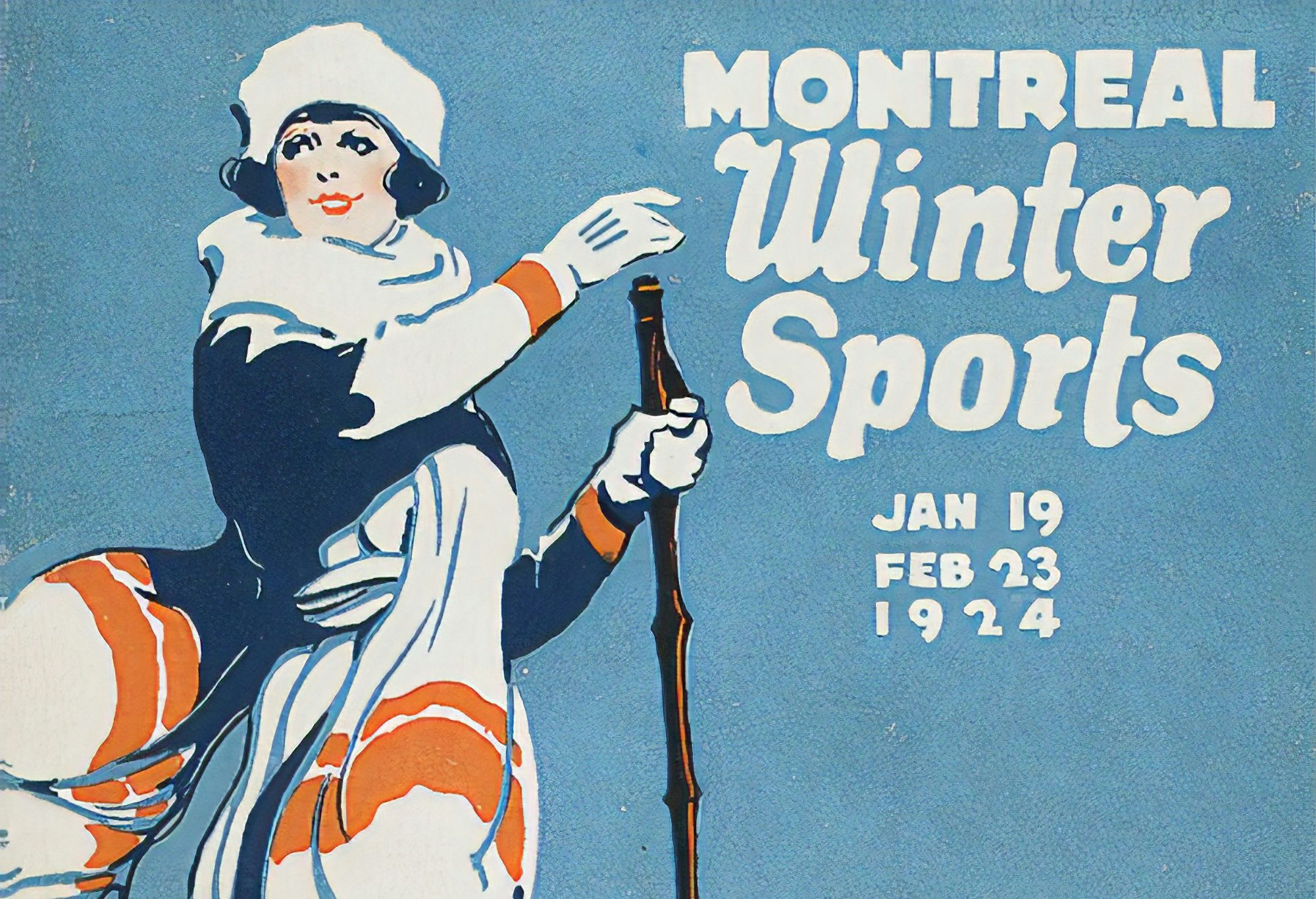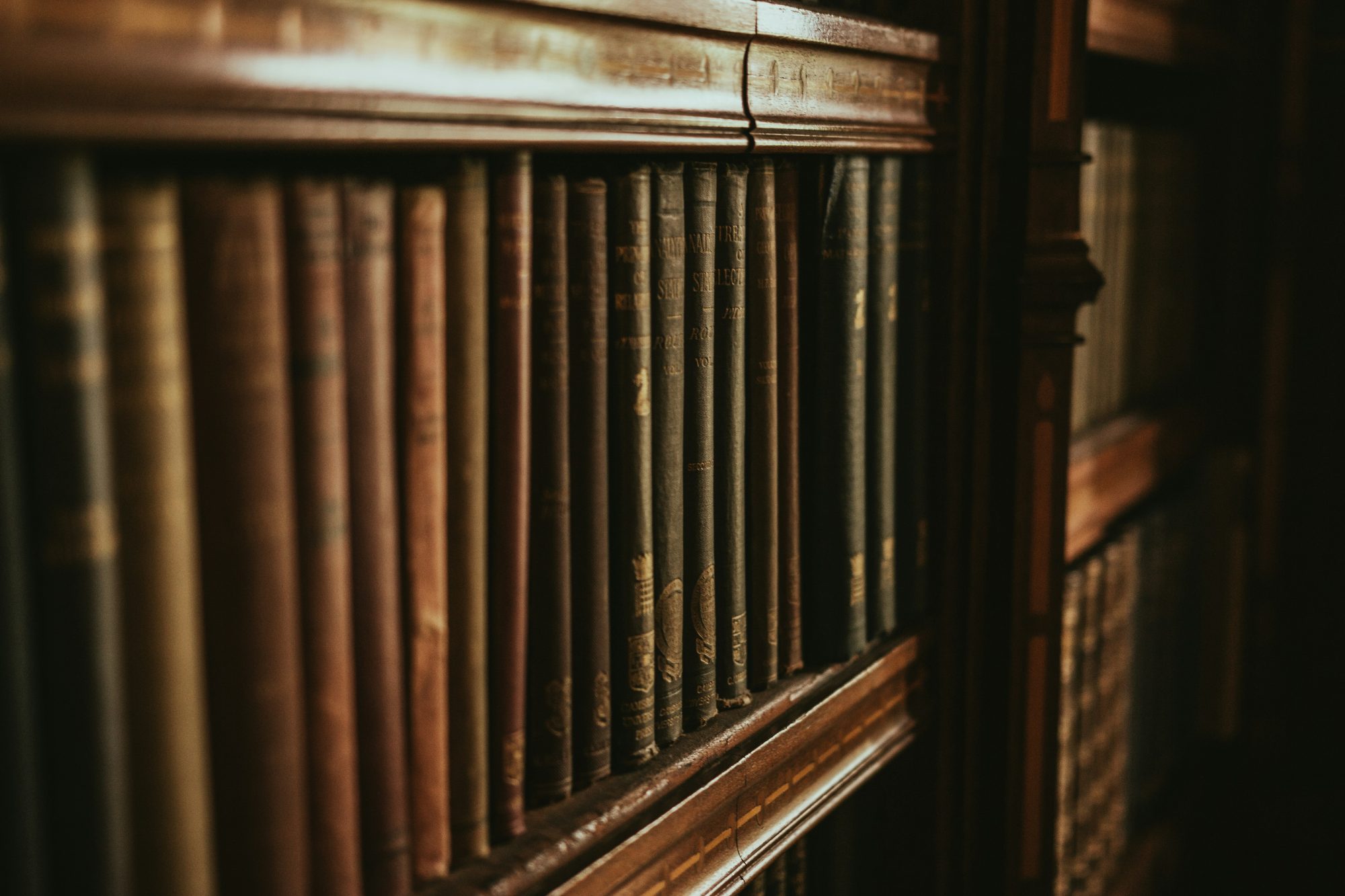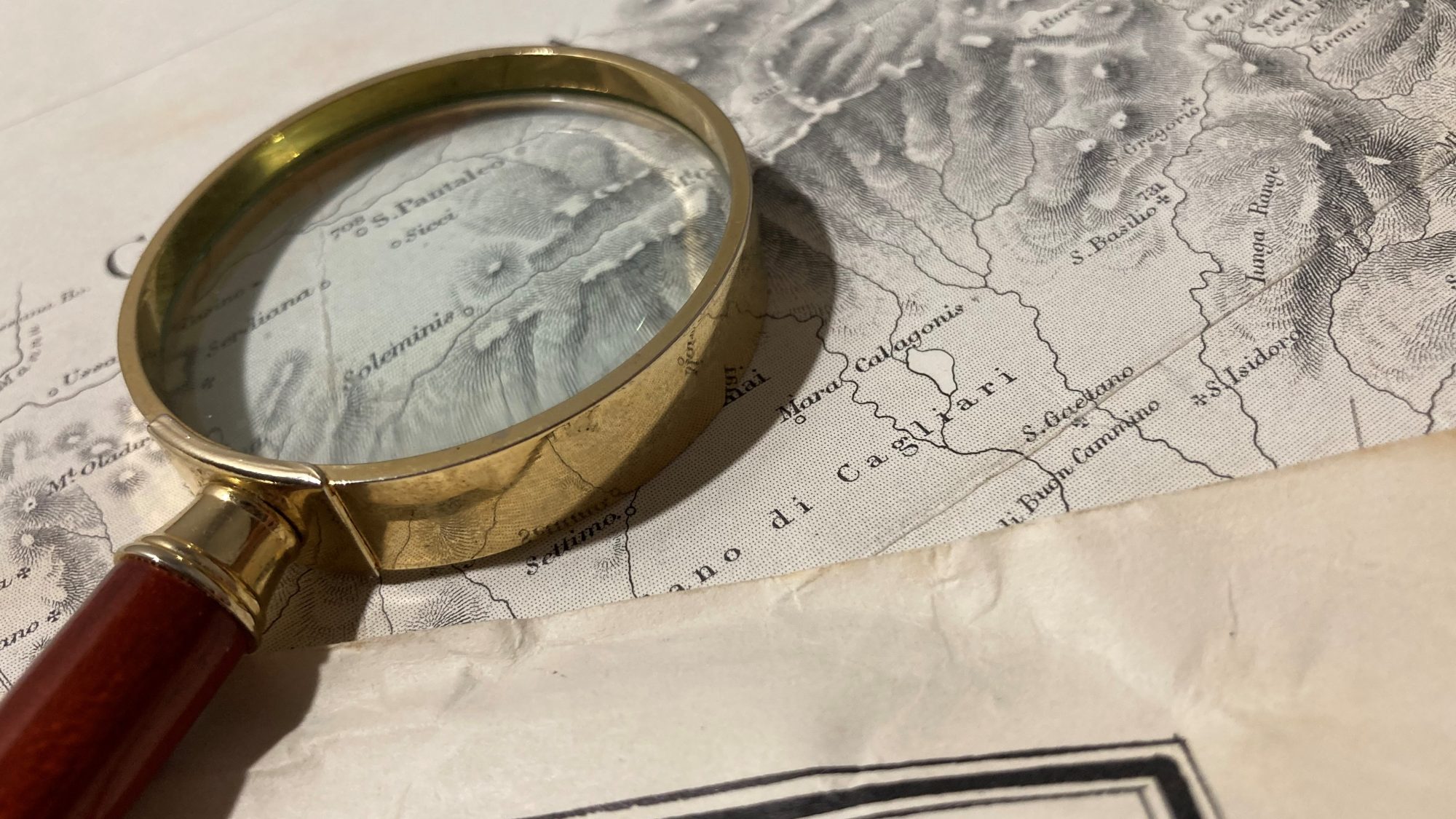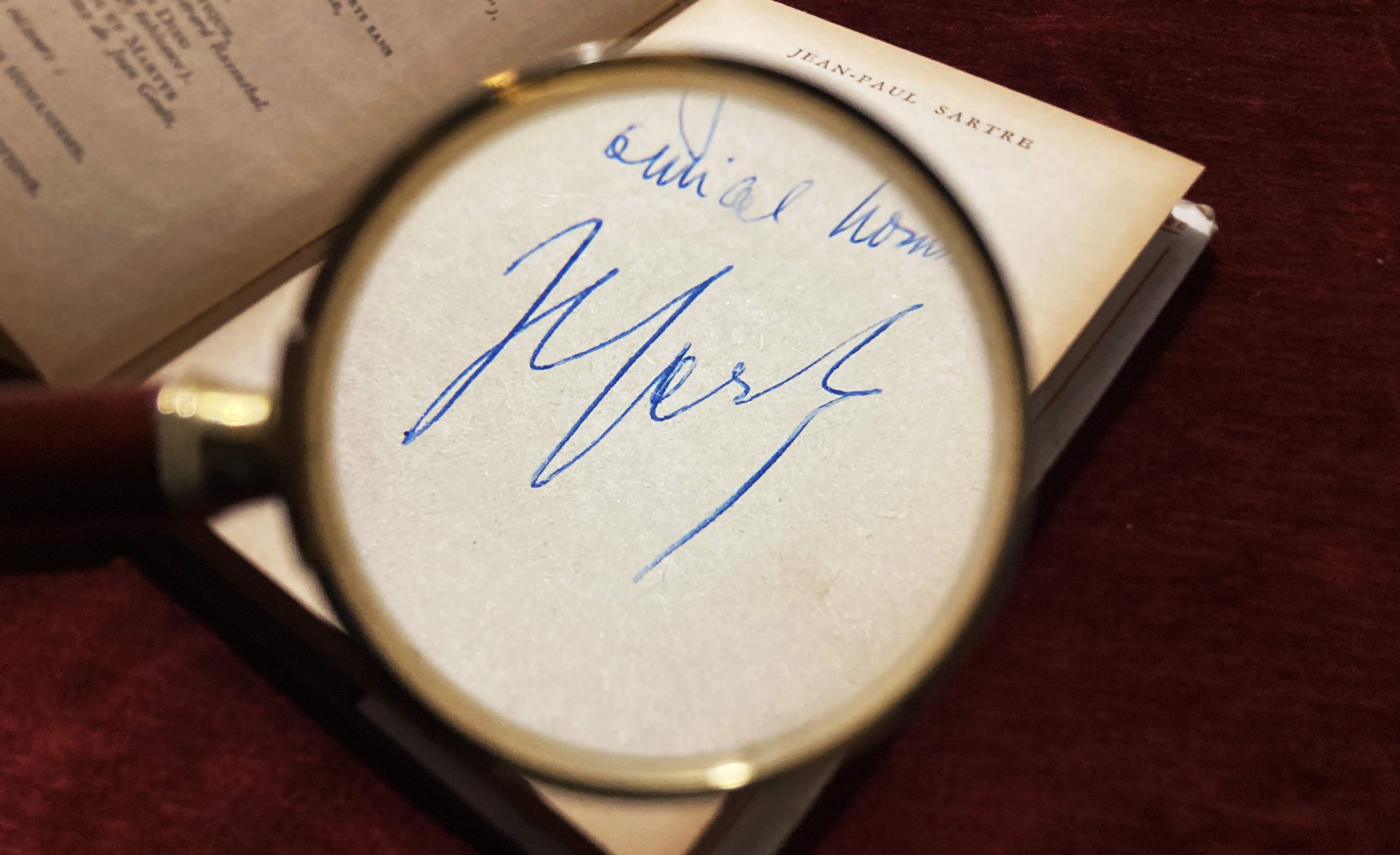On Collecting: Handling and Storage
You just started collecting books – the next step is creating an adequate environment for storing, handling, and the display of antiques. Every category of antiques has its requirements. If you plan on collecting stamps, you will need albums as well as tweezers and gloves. I am not talking about regular albums but albums made for the sole purpose of storing stamps. If you want to collect books, you will need shelves. Regular shelves will do, but if you have shelves with glass doors i.e. a showcase, that is perfect. Paintings, furniture, and sculptures require more attention and careful handling; you should always ask the seller if an item has special requirements.
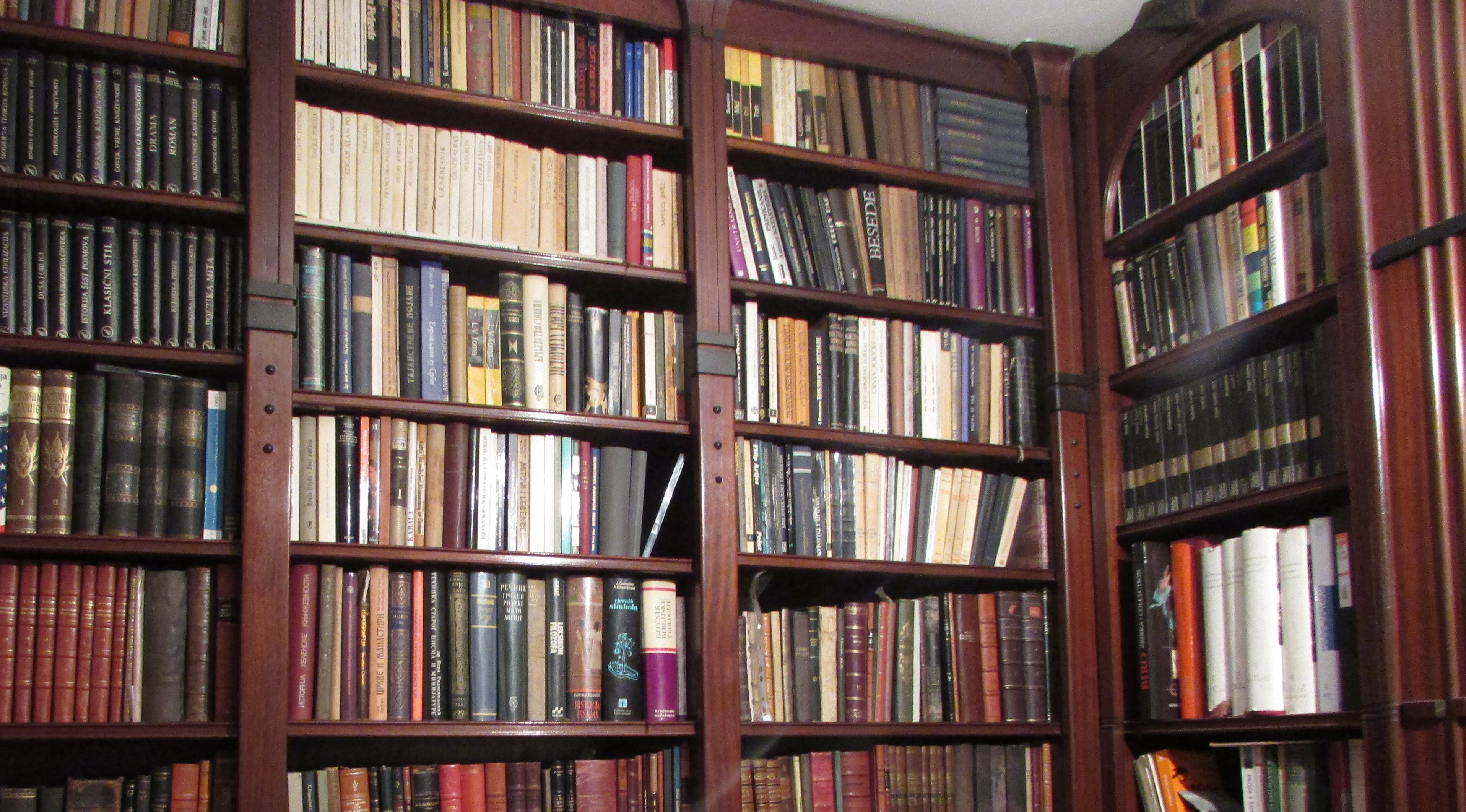
Having a private library with display cases is the best option when it comes to display and storage of books.
Damaging Factors
Keep in mind that you should know your enemies when it comes to safe storage and display of antiques. The first and most dangerous one is sunlight. Prolonged exposure to direct sunlight can damage paper, vellum, and any other material that’s used for printing or writing as well as decolorize wooden objects and paintings. Sunlight also damages paintings, furniture, and any other object for that matter. This doesn’t mean that you have to hide your collection in a camera obscura, you just need curtains.
The other enemy you should be aware of is humidity. Humidity gradually ruins items but, unlike sunlight, the process takes more time and luckily in some cases the damage is reversible. Another thing that you should be aware of is that smoke of any kind damages items. Having a fireplace in a room with good ventilation is tolerable but cigarette smoke can seriously damage items in the long run.
Microscopic particles of tar can attach to paper, wood, and canvas giving them a darker shade and making them more fragile and prone to crumbling, not to mention that it takes a lot of time to take the stench out (of books especially). It might sound a bit odd but pests are a factor too. Through the ages mice and rats have eaten a fair share of books. They tend to eat older books not because they are bibliophiles but because of the type of paper.
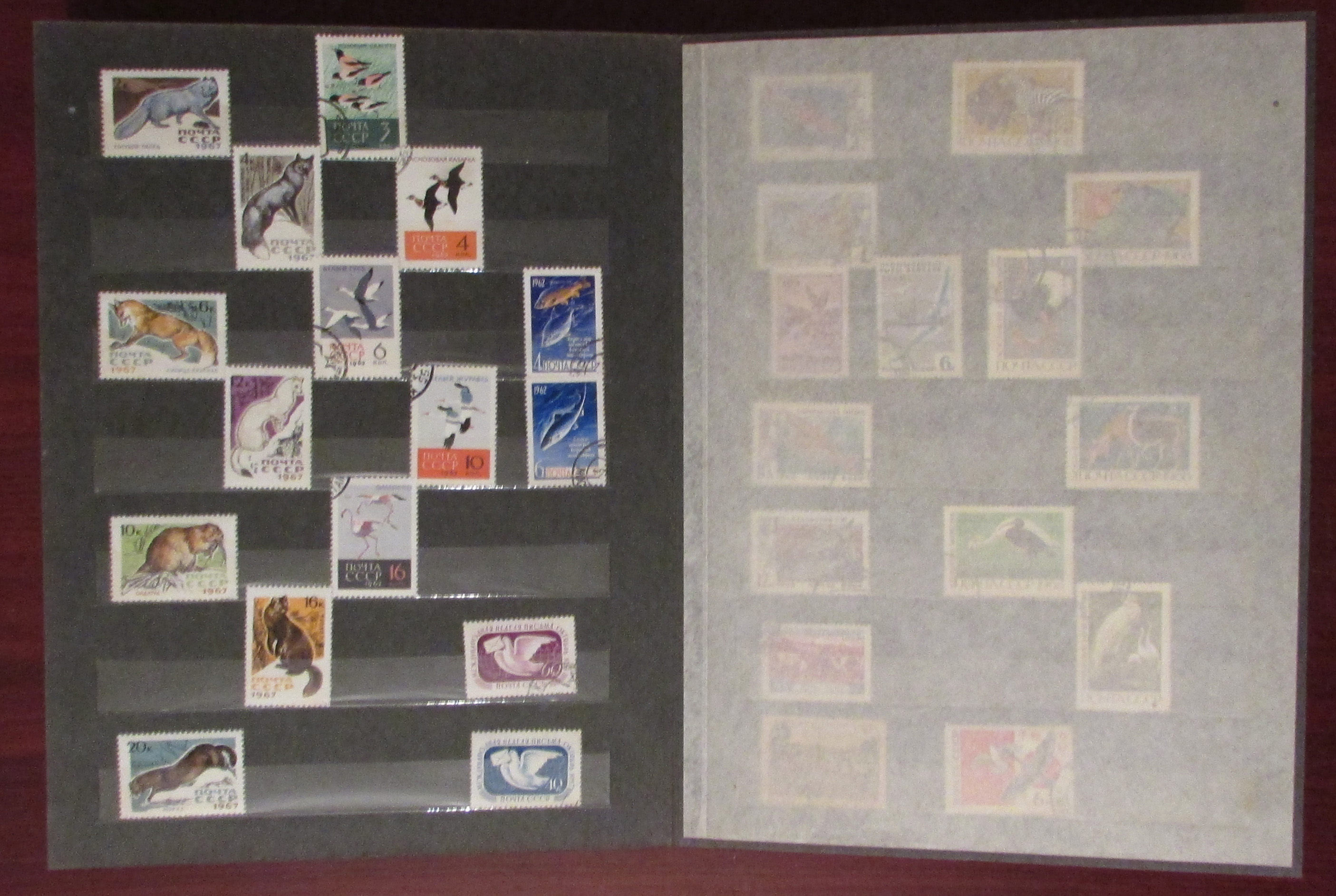
An amateur philatelic album. The thin paper leaf between two cardboard leaves is meant to protect the stamps. It’s a common method of protection for engravings and plates in a book.
Myths of Book Storing
Now we will take a look at the factors that you don’t have to worry about. Contrary to popular belief, you don’t need to worry that much about temperature, as most items have been doing just fine for centuries at room temperature. On the other hand, extreme temperatures may cause damage if items are exposed for longer periods of time. Higher temperatures are more dangerous than lower ones. Time is also a factor that you don’t have to worry about. There are some chemical processes that can occur in materials that don’t have anything to do with the environment. For example, foxing (small dark brown spots on the leaves of a book) is a product of the chemical reaction that’s caused by the PH value of the paper i.e. the acidity.
Please take all these guidelines with a grain of salt. I have listed the biggest threats that could damage items, once again, if you have any additional questions feel free to ask us or your seller about the appropriate conditions for storing and displaying your items.
Note that you shouldn’t only count on the seller. It’s better to be knowledgeable yourself beforehand, and learn how to estimate the value of a book, as well as its condition.


